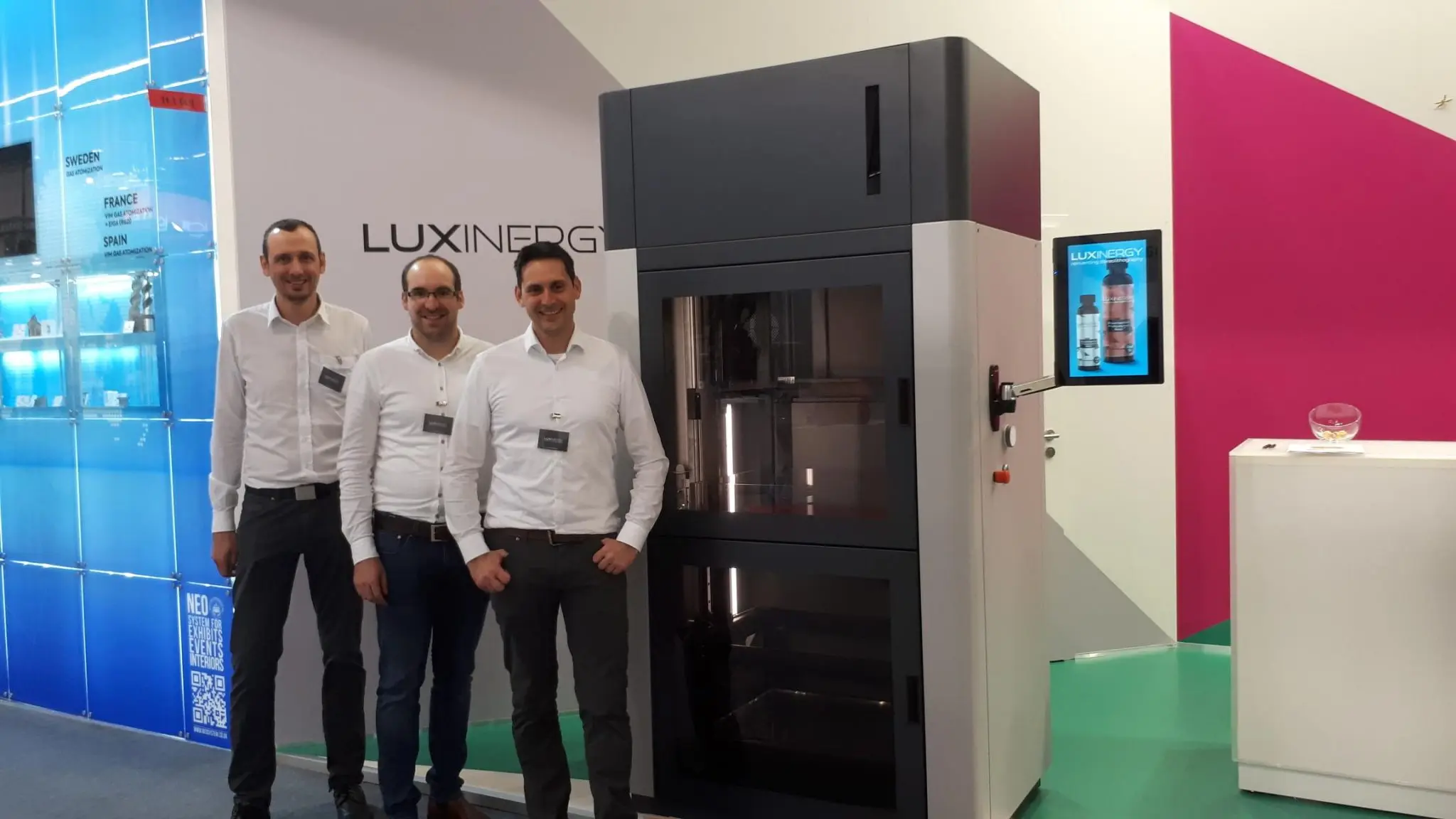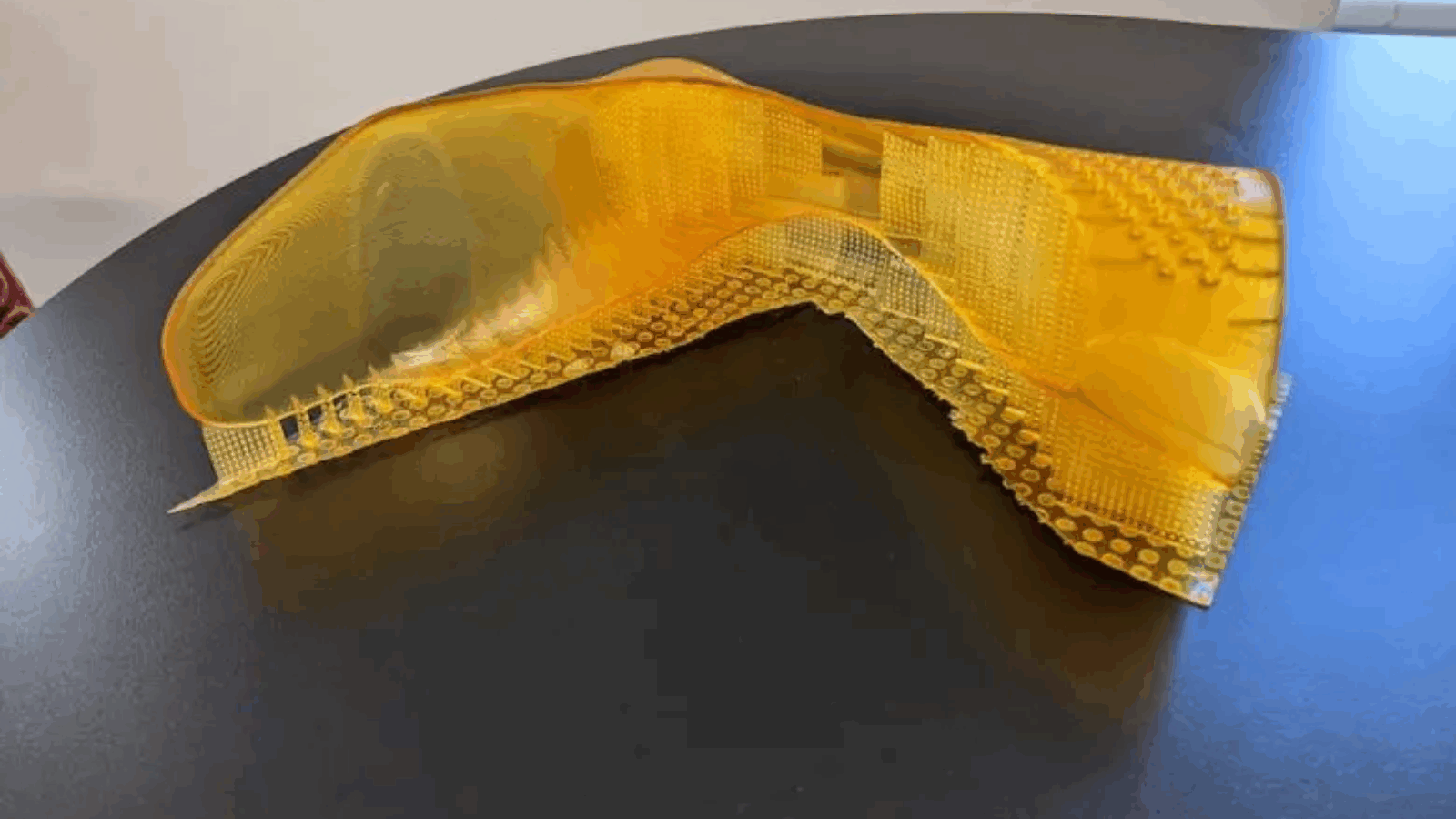Austrian startup Luxinergy developed a new material and a fast DLP 3D printer addressing two major challenges in the field of orthotics: comfort and speed. This innovation was made possible through advancements in materials science and DLP technology.

Founded in 2019, Luxinergy is the brainchild of Co-founders Thomas Griesser, a chemist and professor at Montanuniversitat in Leoben, Austria, and Thomas Rockenbauer, a mechanical engineer and researcher. While studying photoreactive systems for 3D printers, Griesser developed a resin that was very strong, but also biocompatible and ductile – an ideal combination for medical use.
Rockenbauer built a fast 3D printer using two powerful UV projectors from In-Vision. The two joined forces with an orthotics producer to form Luxinergy, which plans to bring its first orthotic devices to market in 2022, using 3D printing to replace the traditional plaster process.
Manufacturing on Demand

The traditional way of creating orthotics is to build a “negative” plaster mold on the patient’s body. The mold is then carefully removed and a plaster “positive” is cast. The entire process can take several weeks. By using computerized images, 3D printing eliminates the discomfort of time-consuming casts, but orthotics created in this way can be brittle.
This is the problem Luxinergy has solved with its new biocompatible resin. The 3D printing process enables Luxinergy to control of the material’s thickness and pliability and to increase the comfort of the orthotics created this way. Finally, getting the customized orthotics to a patient in needs takes significantly less time with this technology than with the traditional cast method. Printing at lightning speed Luxinergy uses a DLP 3D printing setup, where two UV Projectors display an image of the entire design across each layer of plastic resin.
Luxinergy chose to partner with In-Vision for its light engine after being impressed with the quality of its products and its innovative spirit in previous collaborations. In its current prototype, Luxinergy is using In-Vision’s newest light engine, HELIOS, which is the most powerful light engine on the market to date. The light that Helios produces is more than twice as intense as that of other light engines. This allows it to cure the liquid photopolymer faster and boost the print speed. Luxinergy plans to go to market with orthotic stabilizers for hands, arms, and legs in 2022.
* This article is reprinted from 3D Printing Media Network. If you are involved in infringement, please contact us to delete it.
Author: 3D Printing Media Network


Leave A Comment